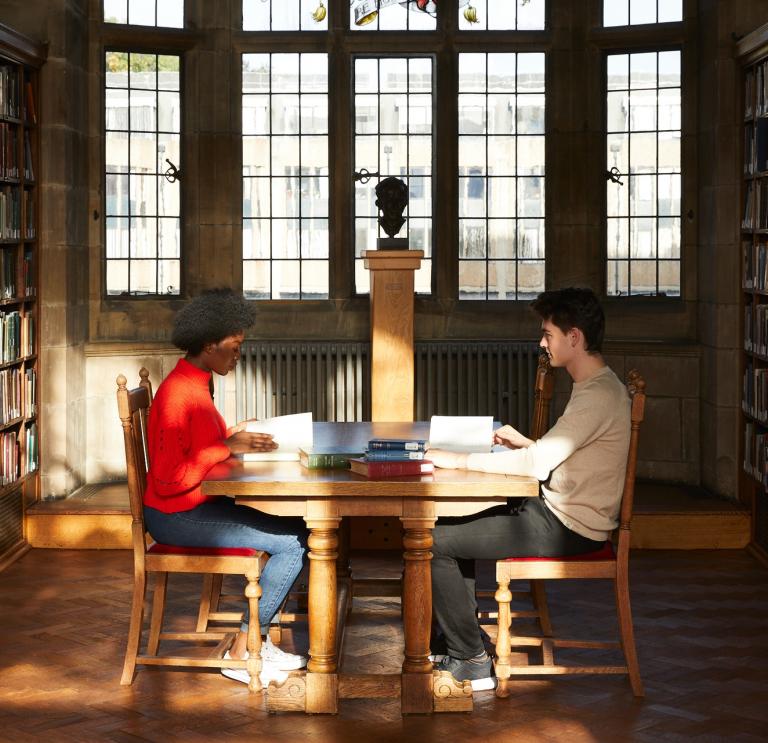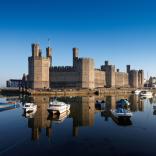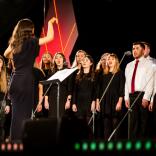Our aim is to create engaging content that inspires and informs audiences, encouraging them to consider Wales and choose it as an attractive, viable destination for visits, investment, study or life.
When producing English language content for the Wales.com website and associated channels, please use the strand formats outlined in this article, along with the Editorial content style guides which include -
Working with strands
Each article commissioned for/published on Wales.com or VisitWales.com will be identified as belonging to one of our editorial strands. Working with strands allows us to -
- add pace, variety and interest to our sites;
- provide a wider range of options at the commissioning stage;
- create new links between different subject areas: as well as “vertical” relationships between articles of similar topic, we also have “horizontal” relationships between articles of the same strand;
- provide new ways for audiences to discover and explore stories about Wales;
- bring greater consistency and efficiency to the commissioning process, avoiding “stand-alone” or one-off stories.
There are seven Wales.com strands and eight Visit Wales strands. Each set of strands has been identified to align with the kind of content most suited to the each site.
The Wales.com strands are Overview, Meet, Ideas, Made, Out of office, The big story and Welcome.
There is also an additional Information strand, used on both sites for a variety of informational articles.
The strands are intended as a framework rather than a strait-jacket. We should try to keep to the format specified for each one, as they offer valuable signposts to the reader and tie the site together. However, if there are compelling reasons to make slight variations in the format, we can allow this sparingly.
The Wales.com strands
Overview
Voice: Wales or guest writer
Word count: 500-800
Synopsis: An opportunity to introduce a key topic, or feature products, places and people to a user reading about it for the first time.
An Overview should be built around a central idea/narrative, rather than simply a list of features.
It should include reference to real products, people and places of Wales to illustrate the points made and include direct quotes (where possible) to help add personality.
Editorial content elements required: A headline and introductory paragraph that expands on the headline and sets the scene for the feature. The rest of the article is written in running copy. If appropriate, we can use side headings to split the copy.
Examples: https://wales.com/overview
Meet
Voice: Interviewee
Word count: 600-800
Synopsis: This is an interview series with “people who embody the new Wales”. Each article takes the form of a “headless” interview: the interviewer is absent from the copy.
Whilst not losing sight of the editorial objectives, avoid any “hard sell” on Wales, or steering every part of the conversation on to Welsh topics. The interview should come across as a credible conversation, guided by the agreed topic. Ensure that it doesn’t become a “puff piece” for the interviewee.
Editorial content elements required: A headline and short author profile, with introductory paragraph of the interviewee, geared to whatever he/she is talking about in the copy. Then, a series of paragraphs, each with a heading in bold type (and no final full point).
Examples: https://wales.com/meet
Ideas
Voice: Wales or guest writer
Word count: 550-800
Synopsis: These features take an idea, maxim or ambition that’s pertinent to the new Wales, and then expand on its meaning and significance. They may be written by an unbylined writer in the Wales voice, or by an expert contributor. In the latter case, there is freedom for the writer to bring in personal colour wherever it’s relevant; but without wandering too far from the premise of the article, pushing personal achievements without good reason, or bringing in anecdotes that are not relevant.
Although articles in this strand are dealing with ideas, they should avoid getting bogged down in conceptual discussion – everything should be anchored in real-life examples of what’s happening in Wales, and seeking to “show, not tell” – to indicate how the idea is relevant to the nation or being implemented in contemporary life.
Editorial content elements required: The headline may be a maxim, proverb, or ambition for Wales. An introductory paragraph expands upon the idea and sets the scene for the feature (one effective strategy here is to end on a question – eg, “So how is this changing the way people think in Wales?”) If using an expert writer, a short author profile should also be used.
Examples: https://wales.com/ideas
Made
Voice: Wales, or Wales as neutral interviewer with responses from interviewee
Word count: 550-800
Synopsis: These features showcase products and services that are making an impact in Wales and beyond. Articles in this strand are probably the most straightforward to write – in most cases, we’ll be interviewing the product maker, or a representative of the company, using a standard Q&A format. Occasionally – for example, if speaking with and quoting multiple people, it will be more appropriate to use running copy, or a “top 10” or list format.
While the product(s) anchor the piece, more time will often be spent on the story of the maker – eg, how they came to Wales, how they had their idea, how they developed it, what assistance they received. This will usually be the more compelling story. Ensure these pieces don’t turn into advertorials for particular products by avoiding inclusion of extravagant claims.
Editorial content elements required: The introductory paragraph should introduce both product and maker, setting out the significance, success and/or promise of both. Then go into short questions, rendered in bold type, and responses of no more than a paragraph each (or standard running copy/list format if we have chosen that route).
Examples: https://wales.com/made
Out of office
Voice: Interviewee
Word count: 500-700
Synopsis: These articles focus on the work/life balance that’s achievable in Wales by profiling someone who has enjoyed professional success in Wales. We find out about their life outside the workplace. In some cases, this will bring in the great outdoors, landscapes of Wales and activities that can be done there; in others, artistic pastimes or family life.
There should be a strong element of work and leisure feeding off each other: that satisfaction with life outside the workplace is a contributor to excellence within it. Always ask what our interviewees “bring back to the office” from their outside lives.
Editorial content elements required: Use a short quote from the interviewee for the headline. The first paragraph should introduce the interviewee. Then use the same “headless interview” format that is employed in the MEET strand.
Examples: https://www.wales.com/out-office
[Note to editors: We are keen to commission more content in this strand]
The big story
Voice: Wales or guest writer
Word count: 600-900; longer features may use side headings to break up copy
Synopsis: This is a “big read” – an evocative, involving story that will hook and interest the reader. Articles in this strand may be in the first person (written by an expert) or third person (Wales voice). Above all, this is a chance to let stories breathe – they can be slightly longer than those in the other strands.
Editorial content elements required: Aim for an attention-grabbing headline, but avoid obscure references or puns that would be lost on an international audience.
If using an expert writer, include a bio paragraph. In all cases, there should be an introduction paragraph that expands on the headline and lays out the stall for the article – which is written in running copy. If appropriate, use side headings to split the copy.
Examples: https://wales.com/big-story
[Note to editors: We are keen to commission more content in this strand]
Welcome
Voice: Wales or interviewee
Word count: 500-700
Synopsis: These are case studies of those who have found a welcome in Wales, and those doing the welcoming – in some cases, including both in the same article. Aim to go beyond the initial welcome that was extended, and always answer the question “What happened next?” (eg, in the case of an entrepreneur who relocated here, we go from the arrival to subsequent success – and link this to the initial and ongoing support that was received).
Avoid being corny/unrealistic, and don’t be shy to acknowledge that moving to Wales is a big life change that brings disruption.
For those doing the welcoming, the focus should be on the how, why and what. How they welcome, why they do it and what they get from it? Go beyond the ‘job’ to reveal the personal experience.
Editorial content elements required: A headline, followed by introductory paragraph that identifies the lead interviewee, then a feature written in the third-person (Wales voice) that makes heavy use of direct quotation from the people we are profiling. Or a first person (guest writer) in standard running copy.
Examples: https://wales.com/welcome
[Note to editors: We are keen to commission more content in this strand]
Information
Voice: Wales
Word count: 500-700
Synopsis: Generic pages used across the portfolio of sites to accommodate informational, rather than editorial, content. The purpose of these pages is to provide information to the user in a simple and accessible format. The focus should be informative and engaging rather than being just a ‘thin’ article.
Editorial content elements required: A ‘says what is is/does headline and short intro paragraph set the content and the article copy is formatted as either a list, or as running copy.
Examples: https://wales.com/information



